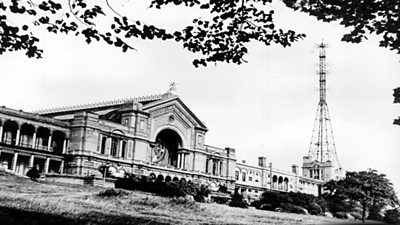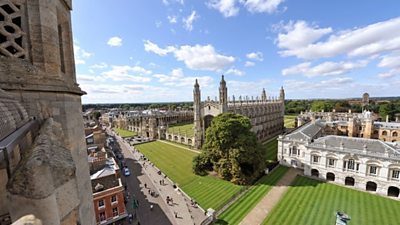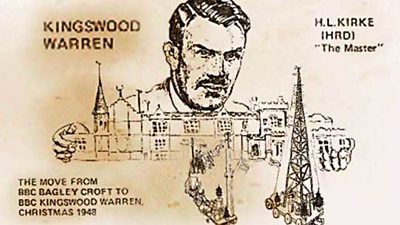1944
Staff evacuated to the safety of Bagley Croft near Oxford
This was following a flying bomb attack near Nightingale Square during the Second World War.
1945
First VHF/FM transmission tests from Alexandra Palace
To determine range and general possibilities of an Ultra-Short-Wave Frequency Modulated Broadcasting Service.

1947
Work on scale model cylindrical slot antennas for Wrotham and Sutton Coldfield
±«Óãtv Designs Department launches
The Department's function is to design equipment the ±«Óãtv requires.
1948
First attempts to recruit graduates from Cambridge
±«Óãtv R&D still recruits graduates for their trainee scheme today, but not just from Cambridge.

Television: proposals for five channels in the band 40-68 MHz
This was accepted by the Scientific Advisory Committee and the Radio Industries Council.
Kingswood Warren in Surrey acquired
The Department began to look for premises in 1947 to accommodate the post-war increase in staff. The first wave of staff moved surrey in1948. H L Kirke (Head of Research Department) moved in 1949 and it became the Department's official headquarters.

1949
Work starts on smaller, light, higher sensitive commentator's microphone called the L2
Replacing the L1 microphone which had been in use since 1937. The design was developed commercially by STC and Coles.